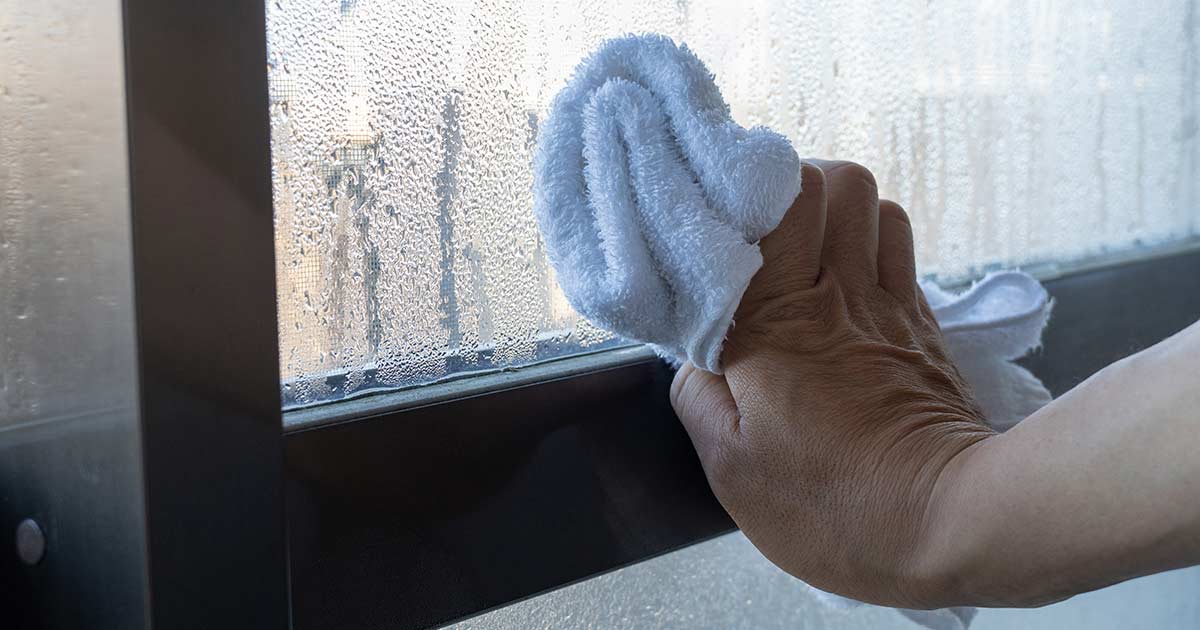Insights > Category > Posted: 2025-Mar-20, Updated: 2025-Mar-31
Condensation
New Window Fix?

The Condensation Conundrum
Window condensation arises from several factors, but you can tackle it effectively for a warmer, drier, and more comfortable home. Start by examining your windows for loose or missing caulking, improper installation, or frame damage. Ensuring your windows are well-insulated is crucial to preventing cold air infiltration.
Embracing Modern Solutions
Modern window technology offers a formidable defence against excessive condensation, even during extreme weather conditions. Investing in high-quality windows with advanced features can transform your living space, enhancing both comfort and energy efficiency.
- Convection-limiting inert gases: Sealed between window panes.
- Triple-glazed glass options: Providing enhanced insulation.
- Low-E coatings: Increasing glass surface temperature and reflecting heat into the room.
- Insulated warm edge spacers: Reducing heat loss and condensation between glass panes.
- Multi-chambered frames and sashes: Diminishing heat transfer and preventing moisture buildup.
- Non-conducting sashes and frames: Minimizing heat conduction.
- Meeting or exceeding standard CR value: Measuring window effectiveness in condensation resistance.
- Airtight fits on operational windows: Creating a barrier against external elements.
Answering the Question
Yes, replacing old windows with new ones can effectively address condensation issues in your home. Older windows often lack insulation, making them less effective at maintaining a consistent interior temperature, which can contribute to condensation.
Modern windows, designed with improved insulation and advanced materials, reduce heat loss and prevent condensation. Features like Low-E coatings, triple glazing, and gas fills further minimize heat transfer and condensation.
Consider the Whole Picture
While new windows offer a substantial solution, it’s important to address other factors that contribute to condensation, such as high humidity levels, poor ventilation, or inadequate insulation elsewhere in the home.
Additional Tips:
- Improve Ventilation: Ensure proper airflow by using fans and opening windows.
- Add Insulation: Enhance insulation in walls, attics, and basements.
- Maintain Windows: Regularly check and maintain your new windows to ensure their effectiveness.
Cost Considerations: Investing in new windows might seem costly, but consider the potential savings on energy bills and the long-term comfort benefits.
Evaluate your current windows and consider upgrading if you’re experiencing ongoing condensation issues. A professional assessment can help you decide the best course of action for a condensation-free home.
Related stories
Need more information?
If you’re interested in how new windows can effectively address condensation issues in your home, or if you have any questions about our recommendations and solutions, please reach out to us. Call us or fill out our contact form for more information. We’re here to help you find the best solutions for a moisture-free and comfortable living space.





